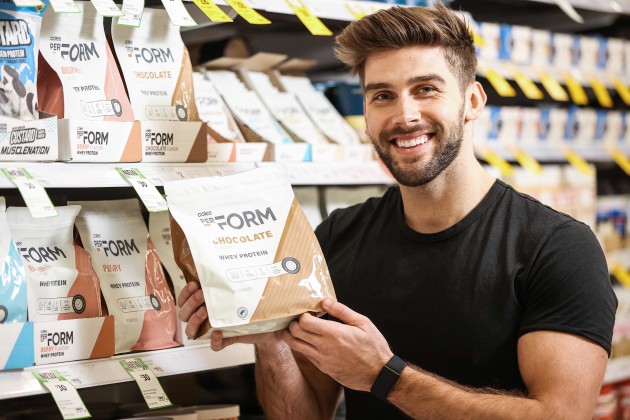Continued growth in ecommerce and own brand products are two standouts in Coles Group’s half yearly results. While sales growth peaked over Christmas as people spent more to compensate for a challenging Covid laden year, trade is now stabilising.
Coles recorded $20.6 billion in revenue, up 1 per cent on the prior corresponding period (pcp).
Ecommerce sales ecommerce sales grew by 46 per cent to $1.5 billion, with a penetration of 8.2 per cent in the first half, up from 5.7 per cent pcp.
Snapshot
- sales revenue up 1% to $20.6bn;
- EBITDA $1.7bn, down 2.2% pcp;
- EBIT $975m, down 4.4% pcp;
- NPAT $549m, down 2% pcp; and
- net cash $54m.
Coles Group CEO Steve Cain said he expects impacts on oil prices due to the Ukraine crisis and fewer people coming to Australia will increase wage inflation and drive consumers to cheaper but higher margin Coles-branded products. “I would expect home brand penetration to continue to increase for those who are looking for value,” he said.

The company is looking to further grow its own brand products to 40 per cent of sales, up from 32. In 1H FY22 it has added 840 new products including its own performance range.
The business spent an additional $30 million in costs in January as Omicron peaked, which has moderated in February. There has been significant variation in sales performance between the states, store locations and on a week-by-week basis he said.
Liquor sales rose 2.7 per cent to $2 billion, as same-store sales increased 1.2 per cent, supported by wine and RTDs. Liquor same-store sales growth of 2.1 per cent in the second quarter
Sales were strongest through Liquorland and ecommerce. Spirits, RTD and wine performed strongly, with growth in gin, seltzers, rose, and lighter red varietals.
The fourth ecommerce dark store in New South Wales was launched, with ecommerce sales growth of 60 per cent and market penetration of 4.8 per cent, up from 3 per cent pcp.
Cain added its Smarter Selling program is on target to deliver $1 billion and cost savings by fiscal 2023, its first Wiltron automated distribution centre is set to open in Queensland next year, which will increase efficiency further.
The company expects its capital expenditure for FY22 to be between $1-1.2 billion.







